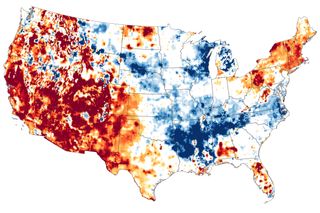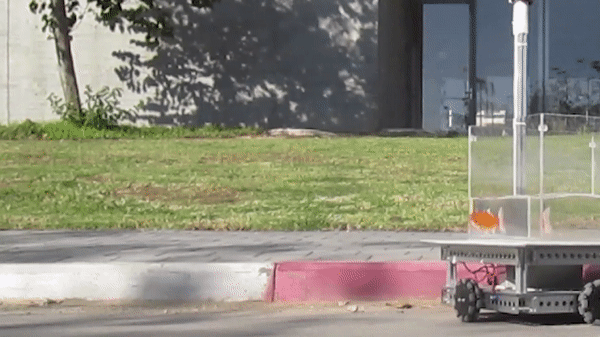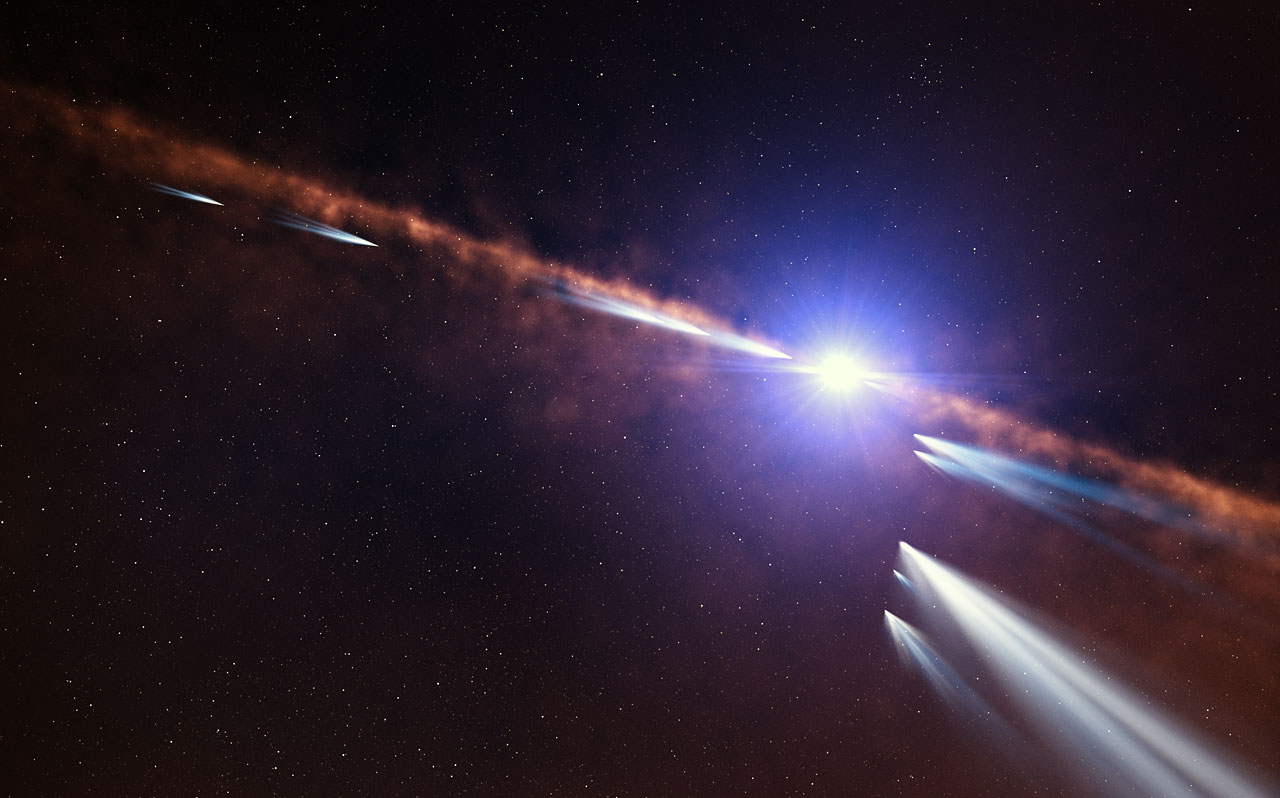
The ongoing drought in the U.S. Southwest is the worst drought the region has experienced since record keeping began in 1895, according to a new report from the National Oceanic and Atmospheric Association (NOAA) Drought Task Force.
The 20 months from January 2020 through August 2021 saw the lowest total precipitation and the third-highest daily average temperatures ever recorded in the Southwest (which encompasses Arizona, California, Colorado, Nevada, New Mexico and Utah), resulting in an “unyielding, unprecedented and costly” crisis, the report said.
While the drought punctuates a two-decades-long period of declining precipitation in the Southwest that is “presumably natural,” human-induced climate change exacerbated the current drought significantly by driving up average temperatures to scorching highs, the report found. Together, the low precipitation and searing temperatures reduced the area’s mountain snowpack and increased water evaporation in Southwestern soil, leading to the severe and persistent drought.
Related: The 10 deadliest natural disasters in history
Given fall rainfall predictions, the drought is likely to last well into 2022, the report found, and drought could last considerably longer if low regional precipitation continues. However, even if rainfall naturally increases over the coming years, man-made climate change will still heighten the risk of extreme heat and wildfires, increasing both the likelihood and severity of future droughts, the researchers said.
“The warm temperatures that helped to make this drought so intense and widespread will continue (and increase) until stringent climate mitigation is pursued and regional warming trends are reversed,” the team wrote in their report. “While 2020–21 was an exceptional period of low precipitation, the drought that has emerged is a harbinger of a future that the U.S. Southwest must take steps to manage now.”
Meanwhile, the drought will continue to take a tremendous toll on the Southwest’s more than 60 million residents, and the countless millions of others who depend on goods and services from the region, the report said.
“Economic losses associated with the drought for 2020 alone are approximately between $515 million and $1.3 billion, not including losses from associated wildfires,” the report said. Add in wildfires, and the costs of this crisis rise to between $11.4 and $23 billion — for six states, for one year.
Originally published on Live Science.

Brandon has been a senior writer at Live Science since 2017, and was formerly a staff writer and editor at Reader’s Digest magazine. His writing has appeared in The Washington Post, CBS.com, the Richard Dawkins Foundation website and other outlets. He holds a bachelor’s degree in creative writing from the University of Arizona, with minors in journalism and media arts. He enjoys writing most about space, geoscience and the mysteries of the universe.
Note: This article have been indexed to our site. We do not claim legitimacy, ownership or copyright of any of the content above. To see the article at original source Click Here

.jpg)











